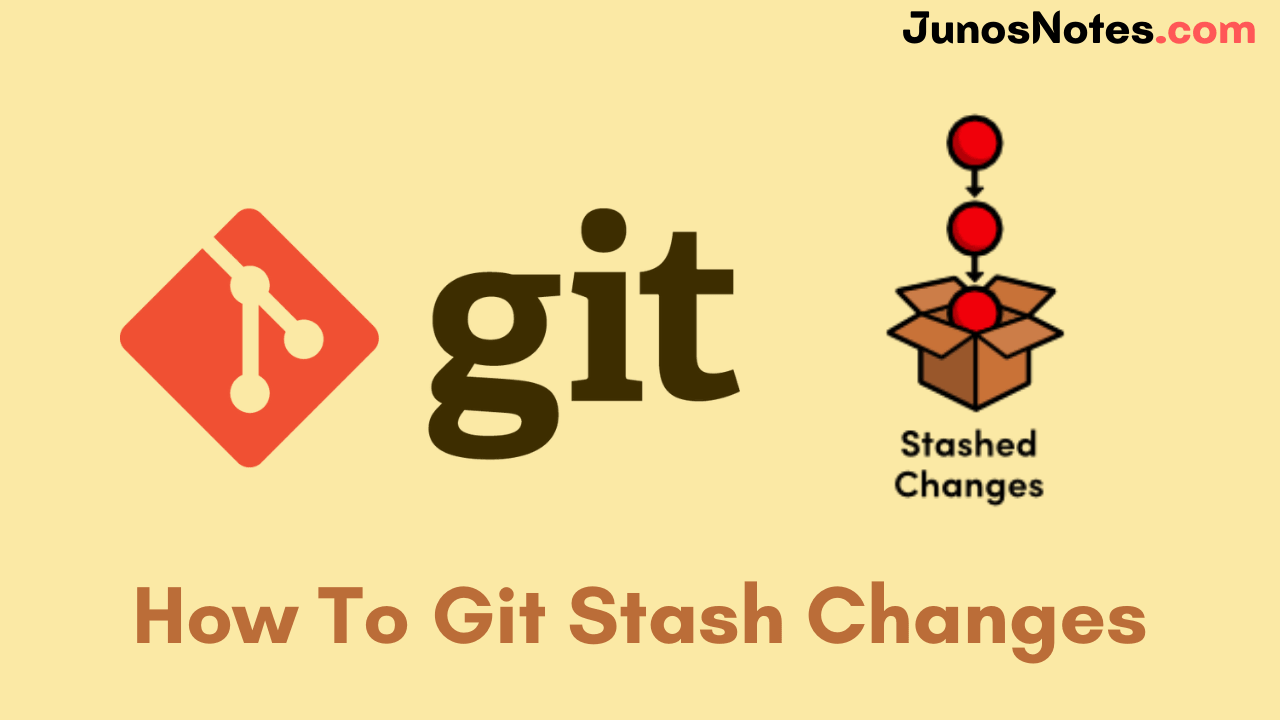

Hide: Hides the selected stash from the commit graph Hide all stashes: Hides all.
#GIT STASH DELETE ALL HOW TO#
gitignore file, you’ll probably want to enforce its inclusion in your projects. Learn how to apply, pop, and delete a Git stash in your repository. This is useful for when you have files that need to always be present in your working directory, such as build files or your `node_modules` directory, but shouldn’t make it into your repository. gitignore file - if they are, it ignores them.
git stash dropWhenever Git is performing operations on files, it first checks to see if those files are in your. Cleaning up the stash git stash clear empties the stash list by removing all the stashes. There’s a third method that you can use to prevent staging or committing untracked files, and that is by adding them (or their parent directories) to your. This method is a little more work if you have both untracked files and unstaged changes in your working directory, but since you’re able to restore your files if you realize you made a mistake, it can be situationally useful. Git add some-other-changed-and-staged-file.txt What is Cherry-pick Git cherry-pick is a command that allows. This flag will prevent anything in staging from being stashed, so only changes to unstaged and untracked files will be cleared.Īltogether, that command looks like this: You can also use git stash drop to delete a stash and git stash clear to delete all the stashes. You can get around that by adding changes to your tracked files to staging (with git add) and then tacking on the flag -keep-index. The downside to this method is that it will stash everything, including any changes made to tracked files. This is an excellent way to save a “snapshot” of uncommitted changes. Re-applying the stashed files (with git stash apply) will even restore your untracked files to the state they were without adding them to Git. It’s all stashed safely away and can be restored at any time. By Bitbucket Stashing Lets say you currently have a couple of local modifications. The great benefit of this method is that you aren’t deleting any data. To check the current status of the repository, run the git status command.Pros and cons of using git stash Call the git stash pop command to add the previously stashed files to the workspace.

#GIT STASH DELETE ALL CODE#
Continue to edit code in the local workspace.
#GIT STASH DELETE ALL UPDATE#
Add, update or delete files in the local workspace.

Clean up a git stash pop conflict Unfortunately, when the git stash pop conflict resolves, the merged file isnt staged. To perform a git stash, a developer would follow these steps: Add a new commit to the local repository. To stash, let's have a look at the repository's current status. TechTarget When a git stash pop conflict occurs, the developer must manually merge and resolve problems. We can stash it to save as its current status. So I want to save it temporarily for future use. I am in a messy state, and I have not entirely edited any file yet. When you use git stash to save changes, these are kept in your local repository and will not be pushed to a remote repository or impact your colleague’s work. git/refs/stash, meaning all stashes are local. I have made changes to my project GitExample2 in two files from two distinct branches. Git stores your stash entries in the hidden. Let's understand it with a real-time scenario. Many options are available with git stash. Stashing takes the messy state of your working directory, and temporarily save it for further use. Keep in mind that git stash will stash both staged and unstaged changes. In our case, we’ve modified the test.md file. Generally, the stash's meaning is " store something safely in a hidden place." The sense in Git is also the same for stash Git temporarily saves your data safely without committing. In your working branch, run this command: git status This will show you both the staged and unstaged changes you’ve made in your branch. The below figure demonstrates the properties and role of stashing concerning repository and working directory. To bring the changes to your working branch but delete the copy of the stash, run: git stash pop. But you have changes you have not committed and you are not yet ready to commit this.

So now you need to switch to a different branch and work on the bug fix. The git stash command enables you to switch branches without committing the current branch. CASE 1: You are in the middle of something, and you have got a call to urgently resolve a bug. You don't want to make a commit of half-done work. git reset -hard HEAD is often used to delete all uncommitted changes to match the most recent commit in the working directory. Sometimes you want to switch the branches, but you are working on an incomplete part of your current project.


 0 kommentar(er)
0 kommentar(er)
